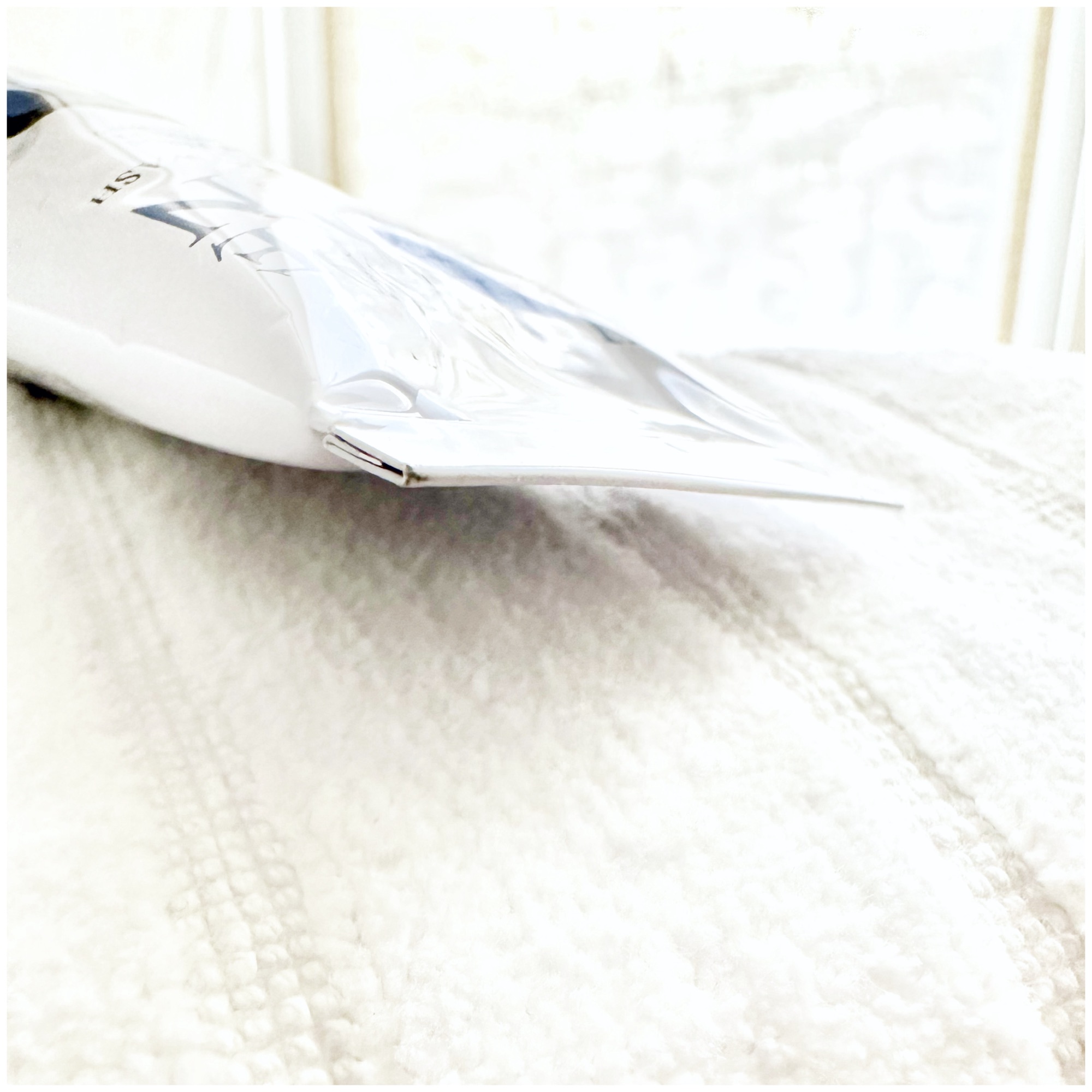Not An Allergen
Boredom & Stress
Neither boredom nor stress is in patch test trays and neither is a top contact allergen. Both can lead to inflammation, however. Boredom can encourage unhealthy choices — eating junk food (which does mean lots of allergen exposure), spending all day on the couch (ditto) bingeing on our favorite shows, staying up later and later, drinking more and more, sleeping less and less — and stress is inflammatory.
Inflammation isn’t always bad. A fever is an inflammation and exercise is pro-inflammatory. The body needs inflammation sometimes to fight off infection and keep itself healthy. Like nature, much of our body’s systems require a delicate balance to function well. But too much inflammation is a real problem: it is linked to almost every health issue there is from depression to obesity, heart disease and cancer. In skin, inflammation is closely linked to acne, eczema, rosacea, psoriasis, and other problems.
The great news is that the “antidotes” to boredom and stress are anti-inflammatory and benefit you in more ways than inflammation hurts you. An increasing number of clinical studies shows that positivity, a gratitude journal, meditation, yoga and similar practices reduce physical inflammation. A UC Davis study has linked meditation to an increase in telomerase, an enzyme fundamental to the long-term youth of cells. Another from Johns Hopkins showed that happier people are a third to 50% less likely to have a heart attack compared to those who were unhappy. Some studies suggest that happier people may be better able to resist getting a cold when exposed to certain viruses. Better overall health and a less inflammatory lifestyle also impact the skin positively in multiple ways — not just in the inherent glow that so many of us notice but in the skin’s actual tissue. A recent study (pending publication) on two groups of psoriasis patients showed that an anti-inflammatory diet reduced inflammation in biopsied tissue samples.
While an occasional night enjoying cocktails with friends or spending a day on the couch could help relieve stress, keep them as treats (not your norm). Actively practicing happiness — daily exercise, getting 7-8 hours of sleep, meditation, a gratitude journal, eating healthily — helps you fight boredom, stress, and inflammation, creating a beneficial, self-sustaining cycle of calm, positivity, and health.
If you have a history of sensitive skin, don’t guess: random trial and error can cause more damage. Ask your dermatologist about a patch test.
To shop our selection of hypoallergenic products, visit vmvhypoallergenics.com. Need help? Ask us in the comments section below, or for more privacy (such as when asking us to customize recommendations for you based on your patch test results) contact us by email, or drop us a private message on Facebook.
For more:
On the prevalence of skin allergies, see Skin Allergies Are More Common Than Ever and One In Four Is Allergic to Common Skin Care And Cosmetic Ingredients.
To learn more about the VH-Rating System and hypoallergenicity, click here.
Main References:
Regularly published reports on the most common allergens by the North American Contact Dermatitis Group and European Surveillance System on Contact Allergies (based on over 28,000 patch test results, combined), plus other studies. Remember, we are all individuals — just because an ingredient is not on the most common allergen lists does not mean you cannot be sensitive to it, or that it will not become an allergen. These references, being based on so many patch test results, are a good basis but it is always best to get a patch test yourself.
1. Warshaw, E.M., Maibach, H.I., Taylor, J.S., et al. North American contact dermatitis group patch test results: 2011-2012. Dermatitis. 2015; 26: 49-59
2. W Uter et al. The European Baseline Series in 10 European Countries, 2005/2006–Results of the European Surveillance System on Contact Allergies (ESSCA). Contact Dermatitis 61 (1), 31-38.7 2009
3. Wetter, DA et al. Results of patch testing to personal care product allergens in a standard series and a supplemental cosmetic series: An analysis of 945 patients from the Mayo Clinic Contact Dermatitis Group, 2000-2007. J Am Acad Dermatol. 2010 Nov;63(5):789-98.
4. Verallo-Rowell VM. The validated hypoallergenic cosmetics rating system: its 30-year evolution and effect on the prevalence of cosmetic reactions. Dermatitis 2011 Apr; 22(2):80-97
5. Ruby Pawankar et al. World Health Organization. White Book on Allergy 2011-2012 Executive Summary.
6. Misery L et al. Sensitive skin in the American population: prevalence, clinical data, and role of the dermatologist. Int J Dermatol. 2011 Aug;50(8):961-7.
7. Warshaw EM1, Maibach HI, Taylor JS, Sasseville D, DeKoven JG, Zirwas MJ, Fransway AF, Mathias CG, Zug KA, DeLeo VA, Fowler JF Jr, Marks JG, Pratt MD, Storrs FJ, Belsito DV. North American contact dermatitis group patch test results: 2011-2012.Dermatitis. 2015 Jan-Feb;26(1):49-59.
8. Warshaw, E et al. Allergic patch test reactions associated with cosmetics: Retrospective analysis of cross-sectional data from the North American Contact Dermatitis Group, 2001-2004. J AmAcadDermatol 2009;60:23-38.
9. Foliaki S et al. Antibiotic use in infancy and symptoms of asthma, rhinoconjunctivitis, and eczema in children 6 and 7 years old: International Study of Asthma and Allergies in Childhood Phase III. J Allergy Clin Immunol. 2009 Nov;124(5):982-9.
10. Kei EF et al. Role of the gut microbiota in defining human health. Expert Rev Anti Infect Ther. 2010 Apr; 8(4): 435–454.
11. Thavagnanam S et al. A meta-analysis of the association between Caesarean section and childhood asthma. Clin Exp Allergy. 2008;38(4):629–633.
12. Marks JG, Belsito DV, DeLeo VA, et al. North American Contact Dermatitis Group patch-test results, 1998 to 2000. Am J Contact Dermat. 2003;14(2):59-62.
13. Warshaw EM, Belsito DV, Taylor JS, et al. North American Contact Dermatitis Group patch test results: 2009 to 2010. Dermatitis. 2013;24(2):50-99.
14. Jacobs, T.L., et al., Intensive meditation training, immune cell telomerase activity, and psychological mediators. Psychoneuroendocrinology (2010), doi:10.1016/j.psyneuen.2010.09.010 and Positive psychological changes from meditation training linked to cellular health. UC Davis News and Information. Nov. 3, 2010.
15. Yanek, LR, Kral, BG,, Moy, TF, Vaidya, D, Lazo, M, Becker, LC, Becker, DM. Effect of Positive Well-Being on Incidence of Symptomatic Coronary Artery Disease. American Journal of Cardiology. Volume 112, Issue 8 , Pages 1120-1125, 15 October 2013.
Want more great information on contact dermatitis? Check out the American Contact Dermatitis Society, Dermnet New Zealand, and your country’s contact dermatitis association.








